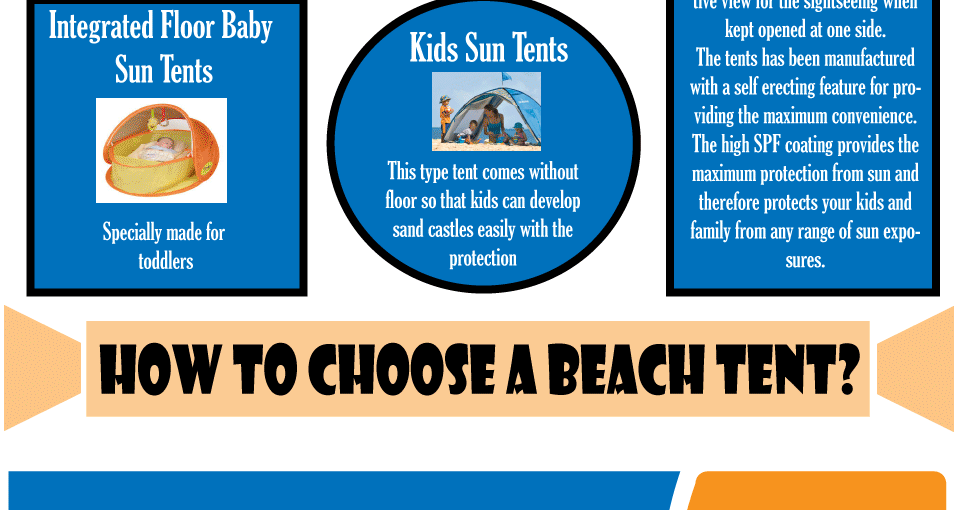Rain flies are a vital accessory for wall surface camping tents. They enhance the ability of an outdoor tents to secure campers from extreme climate condition while giving added comfort and longevity.
Normal cleansing of a rainfall fly maintains mud, mold, and debris from damaging it. Additionally, ensuring the correct tension of a rainfly prevents it from drooping and permitting water to accumulate below.
Climate Resistant Products
The product utilized in building jobs can impact the durability and toughness of the job. Selecting weather-resistant materials helps reduce maintenance costs and conserves sources for future repair service and replacement.
Timber may not be the very first material that comes to mind when talking about weather resistance, yet it is very long lasting when correctly treated with preservatives. Cedar, redwood, and teak wood are instances of naturally rot-resistant timbers made use of to make a range of outside furniture and frameworks.
High-performance canvas wall surface camping tents are designed to withstand wetness and maintain campers comfy. It is essential to clean canvas and outdoors tents frequently to remove dirt, mud, and dirt. It is also necessary to rinse off any kind of deposit from the canvas outdoor tents prior to storing it away for use. Avoid utilizing bleach, as it ruins the water-resistance therapy and makes the outdoor tents extra prone to leakage. Alternatively, a soft brush and a hose can be used to extensively scrub the canvas camping tent and rinse it off with water till it is fully filled.
UV Exposure
Unless a camping tent is made from UV-resistant material, long term direct exposure to sunlight will certainly cause it to weaken. This holds true of all textiles, yet it's especially obvious for tents and canvas frameworks because of just how much they're used in exterior settings. UV radiation can cause dyes to break down, bring about a loss of color vibrancy.
A rainfly protects wall surface camping tents from these hazardous UV rays by mirroring them prior to they can pass through the structure and reach your skin. It's important to choose a rainfly with a UPF score of 50 or greater to get ideal UV security.
A rainfly also aids control the temperature inside a camping tent depending on the period. A lighter rainfly can keep outdoors tents from taking in way too much heat in the summer season, while a heavier rainfall fly can help protect against heat from running away the tent throughout chillier months. In either case, these extra layers of insulation can considerably extend a tent's life-span.
Wetness Damage
Canvas tents are rather sturdy and can last 15-30 years with persistent treatment, however also the most high-performance canvas is not unsusceptible rainstorms. A rainfall fly or fly sheet adds a layer of protection for the roofing of your canvas outdoor tents and helps stop dampness damages.
Condensation, mold, and mildew are not only unsightly, but they can likewise damage the architectural integrity of your canvas tent. Preventing these issues is simple, however it requires meticulous care and attention to detail.
Make it a routine to examine your camping tent in the morning and remove any all-natural condensation, dew, or snow that has actually built up on the surface. Later, make certain to spread your outdoor tents out in an open area and utilize a soft brush to scrub away any mold and mildew and mold that has formed. As soon as you have actually removed the affected areas, re-treat the tent with a mold and mildew awesome service and rinse it extensively to stop any type of future infestations.
Dampness Build-up
While typical, condensation can damage products if left untreated. Luckily, proactive approaches like cleaning surfaces and airing out outdoors tents lessen condensation' impact.
Outdoor tents textile, climate problems and usage patterns add to condensation levels. Sailcloth, for instance, stands up to water vapor evaporation and tends tent stakes to present handmade droplets quicker than polyester or nylon choices. Comprehending this distinction notifies just how camping tent owners handle condensation.
Occupant's breathed out breath and wet garments and equipment spike moisture levels. An absence of ventilation approaches enables moisture to condense when warm indoor air meets cooler surface area temperatures. This cycle intensifies on damp evenings or when a camping tent is placed in low places. Examining and wiping tent surfaces immediately after cooling down motivates wetness to distribute before destructive textiles or creating mold and mildew. Localized airflow, such as directing a follower towards seams, further aids the procedure. Identifying one of the most vulnerable areas of a tent, like high ridges and corners, aids campers simplify their wetness management routines.
